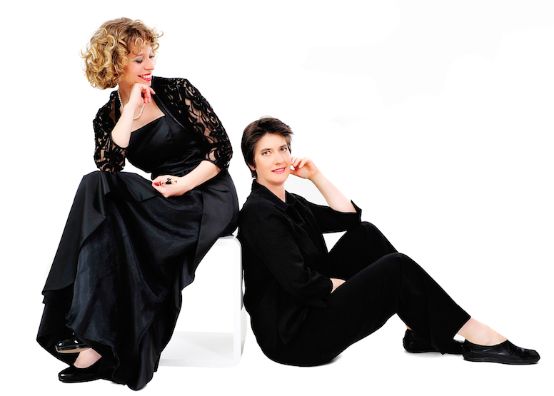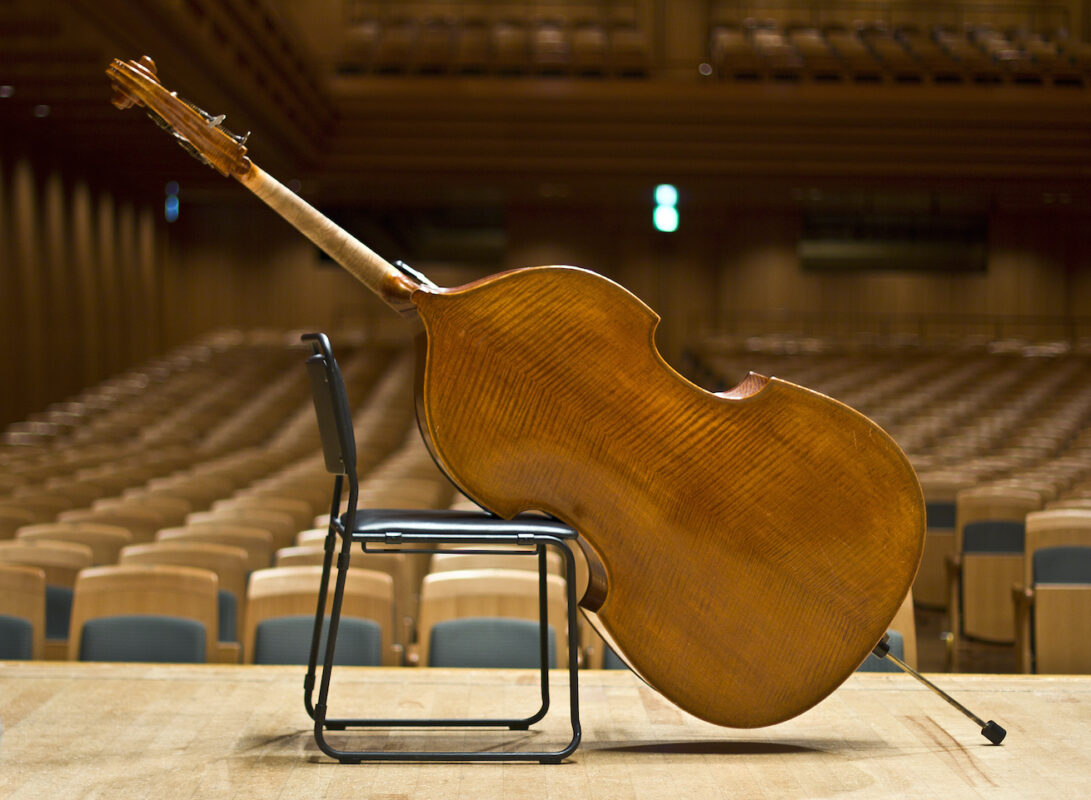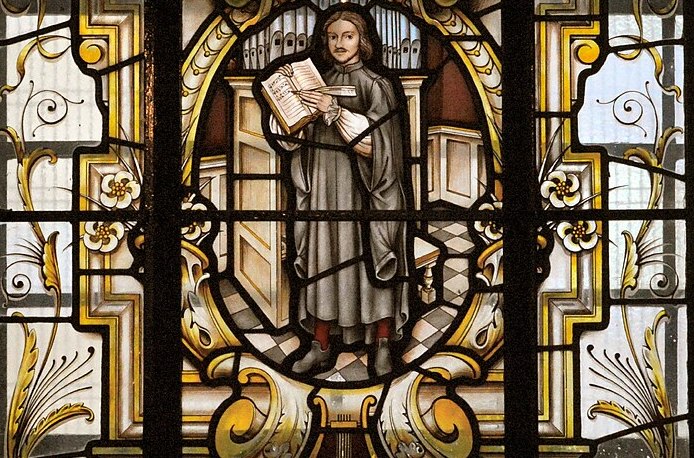Romantic trouvailles
On December 1, 2017, Coviello Classics released an album for flute and piano entitled "Fantasie | Sonate" that is well worth listening to.

There is very little literature for the transverse flute from the Romantic period, which is why it is extremely commendable that the principal flutist of the Aargau Symphony Orchestra "argovia philharmonic" Miriam Terragni and her duo partner, the pianist Catherine Sarasin, went on a discovery tour through the antiquarian bookshops of Basel and Paris. The result was very pleasing: six pieces on this CD alone are being recorded for the first time worldwide - and they are real gems from the German (late) Romantic period and the French fin de siècle.
It starts with the Fantasy Sonata in A major op. 17 by the Liszt pupil Max Meyer-Olbersleben (1850-1927). Although it has been published several times in print, this large three-movement sonata is as good as forgotten today. A genuine reference recording has been lacking until now. This gap can now be considered closed. The two soloists pull out all the stops right at the beginning and reveal a subtle, balanced interplay. In the demanding Ballad in G sharp minor op. 9 for piano by the same composer, Catherine Sarasin is able to distinguish herself as a competent soloist. We owe the violin part to Richard Wagner's short piano romance WWV 94 to August Wilhelmj, violin virtuoso and concertmaster by Wagner's grace at the Bayreuth Festspielhaus, which Miriam Terragni in turn transcribed for the flute. Wilhelmj himself wrote the BalladIt combines echoes of Wagnerian chromaticism with an expansive late Romantic harmony. Lili Boulanger's Pièce experiences a dreamy premiere, followed by the better known, delicately played Nocturne. In Dans la forêt enchantée by the French artist Léon Moreau (1870-1946) vividly depicts the tranquillity of the forest and the whirring of sylphs (air spirits). In the Valse Lente Louis Masson gradually varies the leisurely melody in a very delicate way - with catchy tune potential. Deux Morceaux op. 41 by Victor Alphonse Duvernoy (1842-1907), discovered in the famous Rue de Rome in Paris, are no longer listed by any publisher. The Intermezzo, which is similar to the meaningful Lament follows, with its enchantingly light rhythm, brings this all-round successful recording to a close.
Fantasy | Sonata. Miriam Terragni, flute, Catherine Sarasin, piano. Coviello Classics DDD 2016









